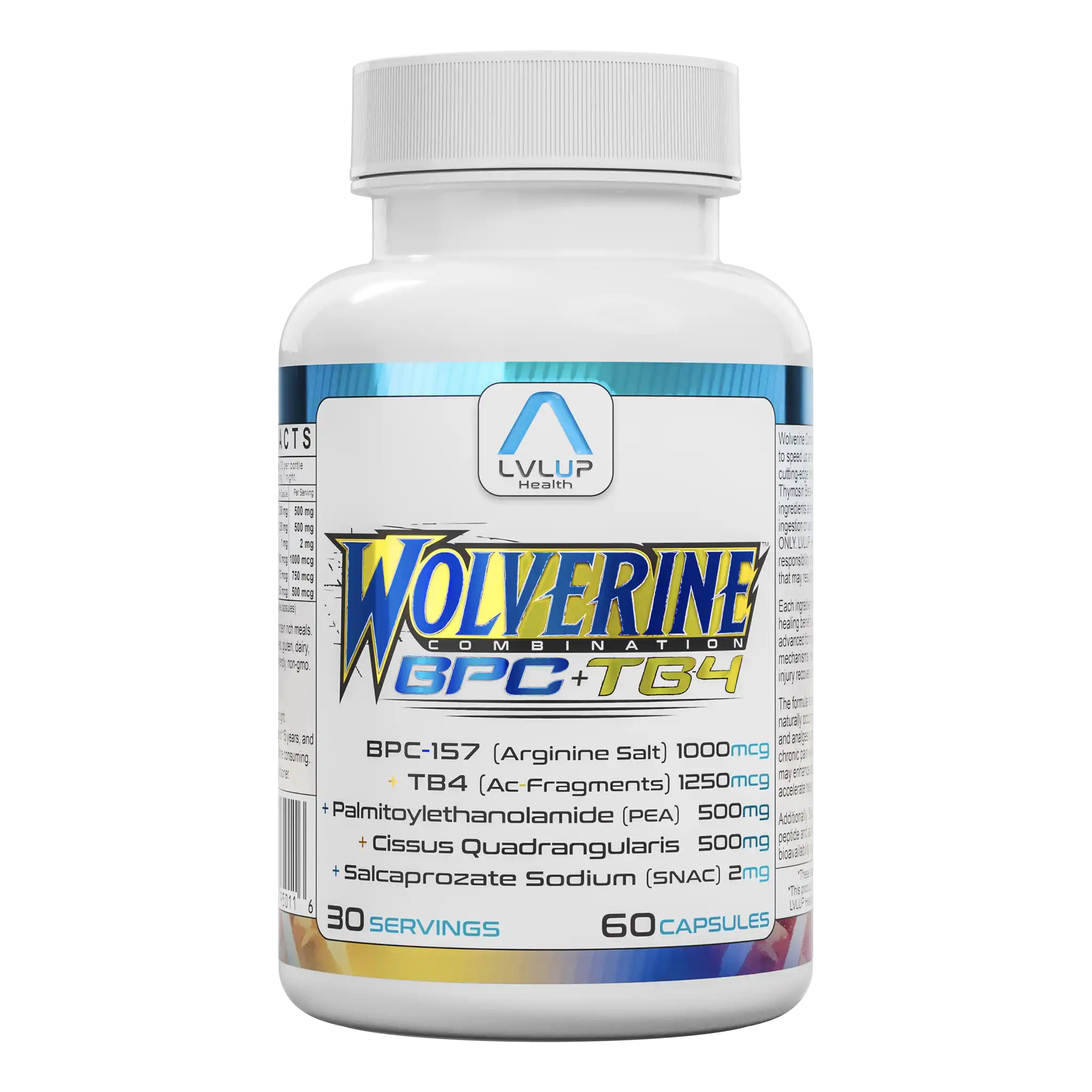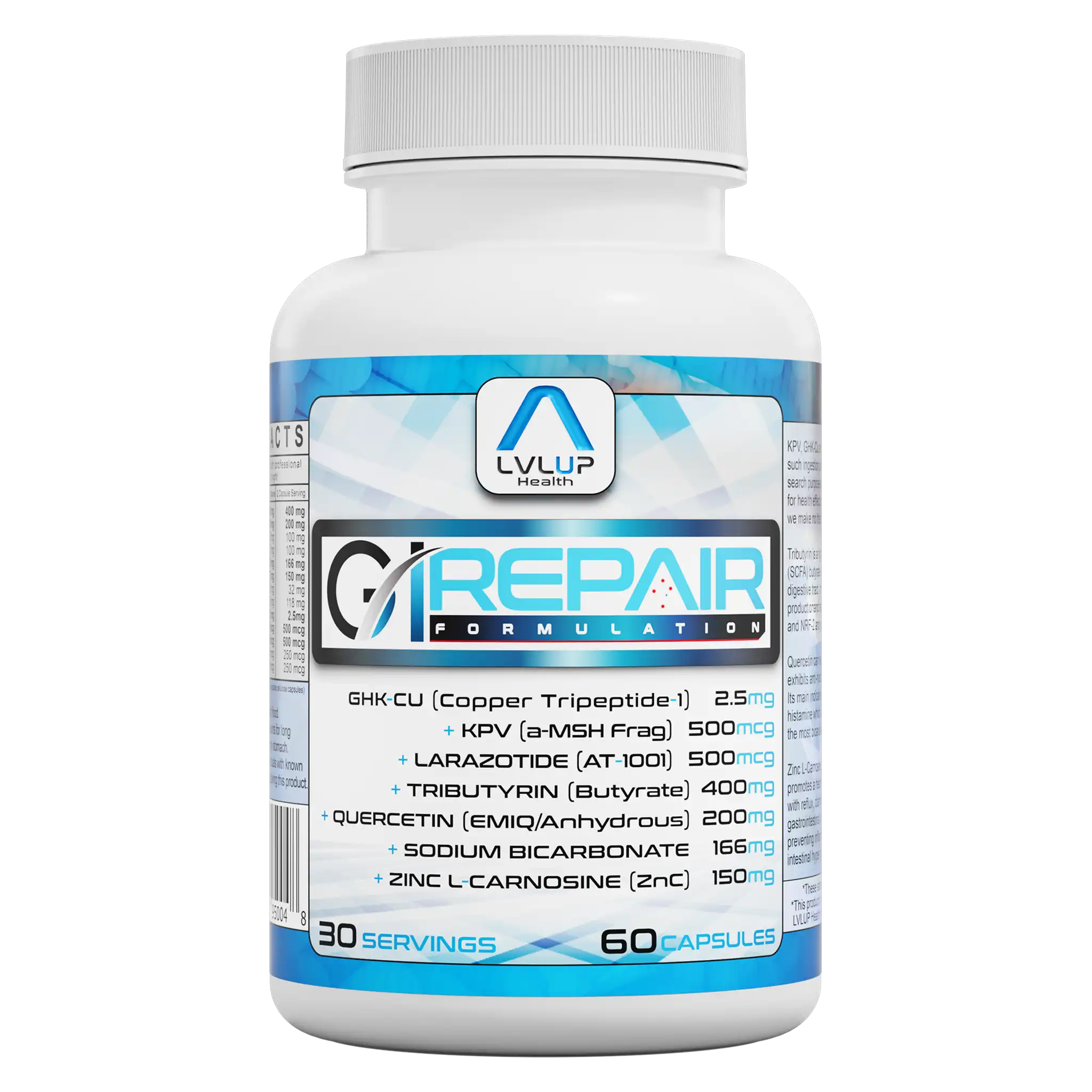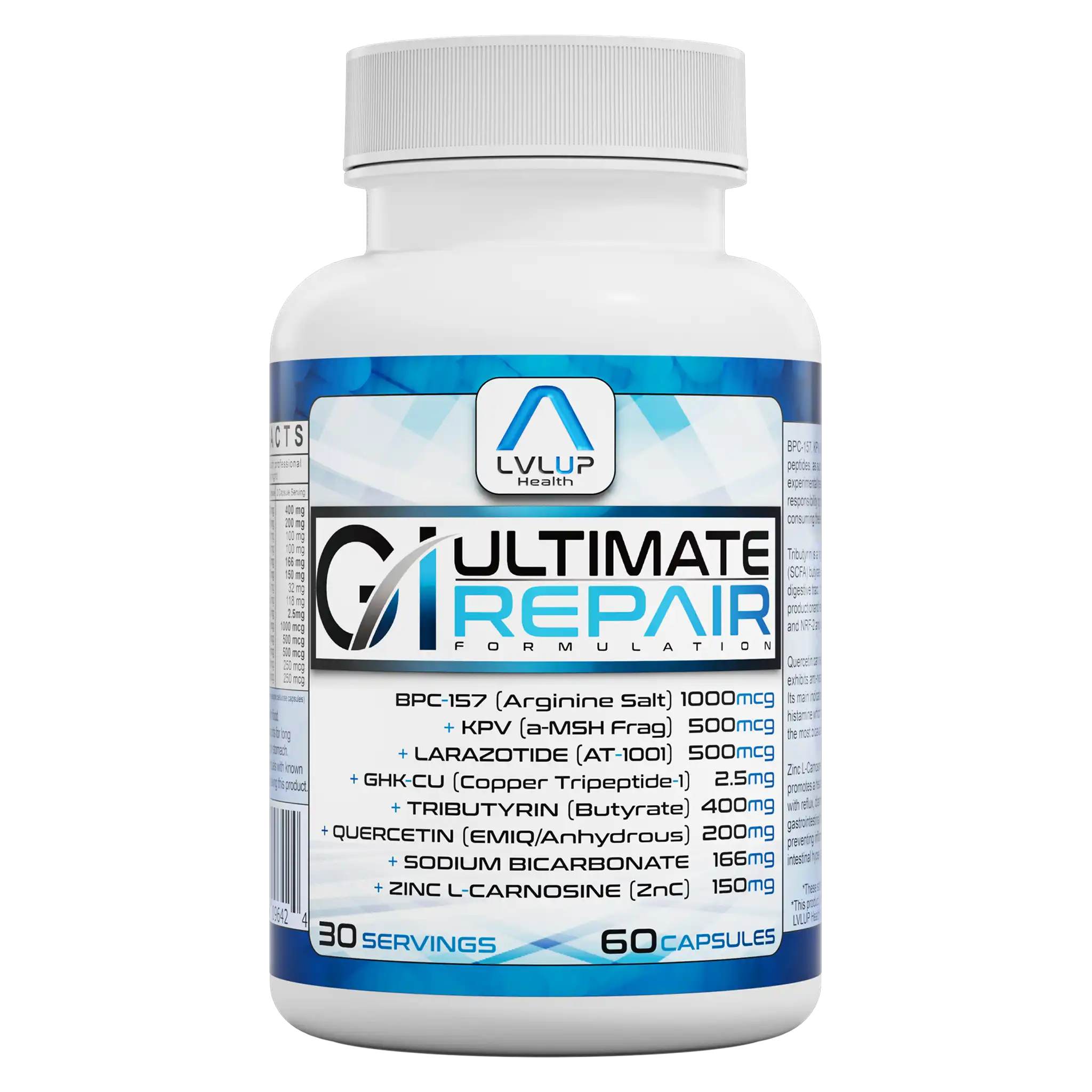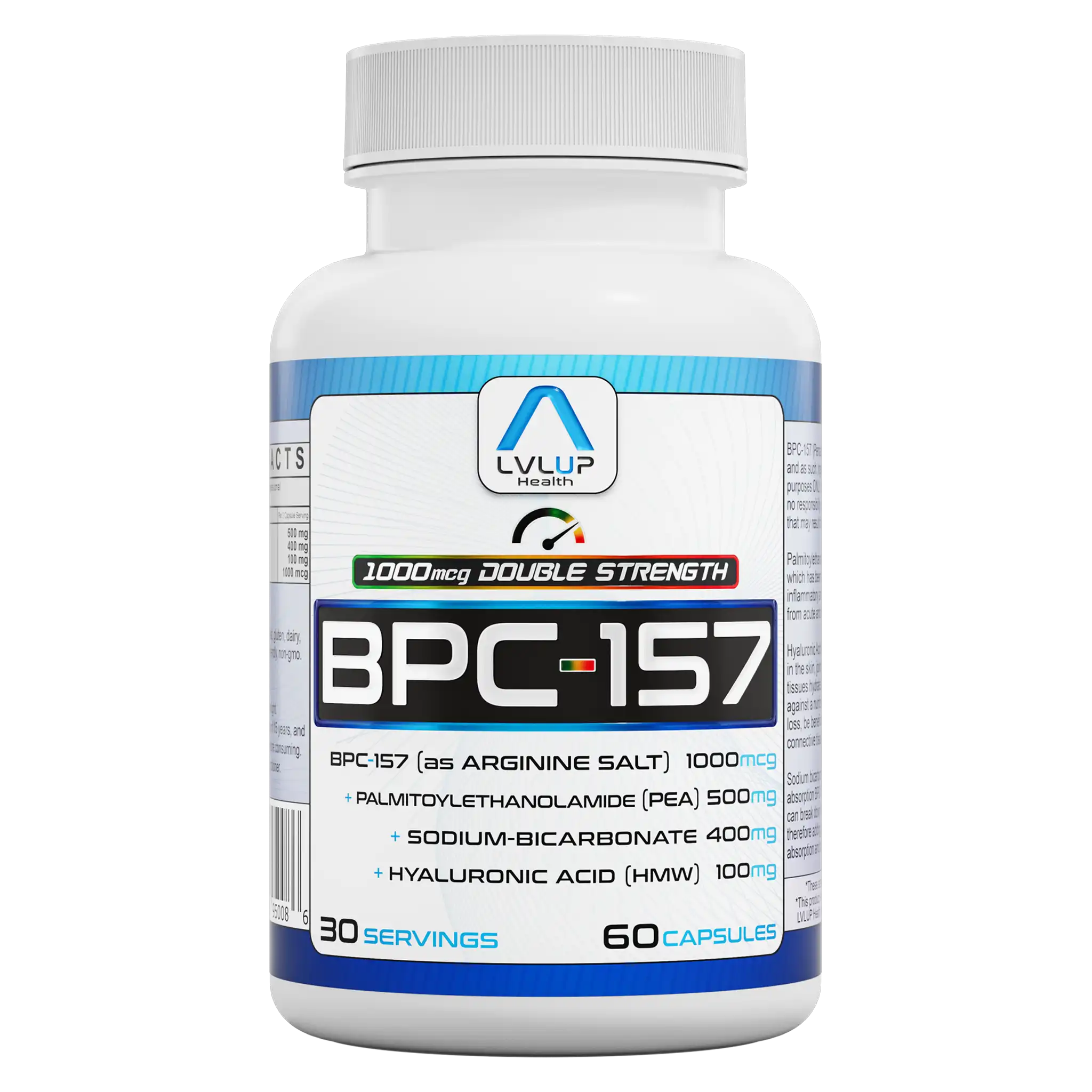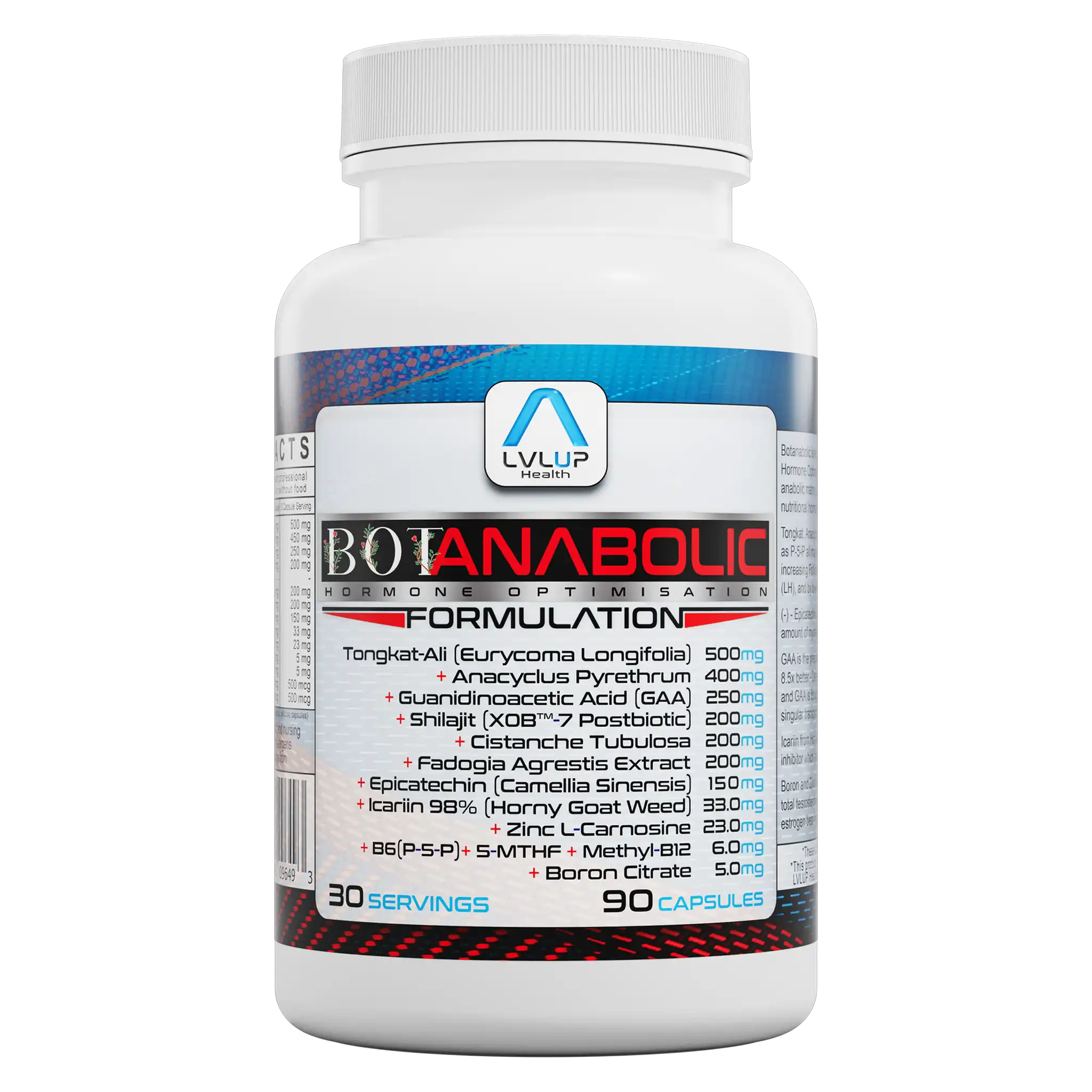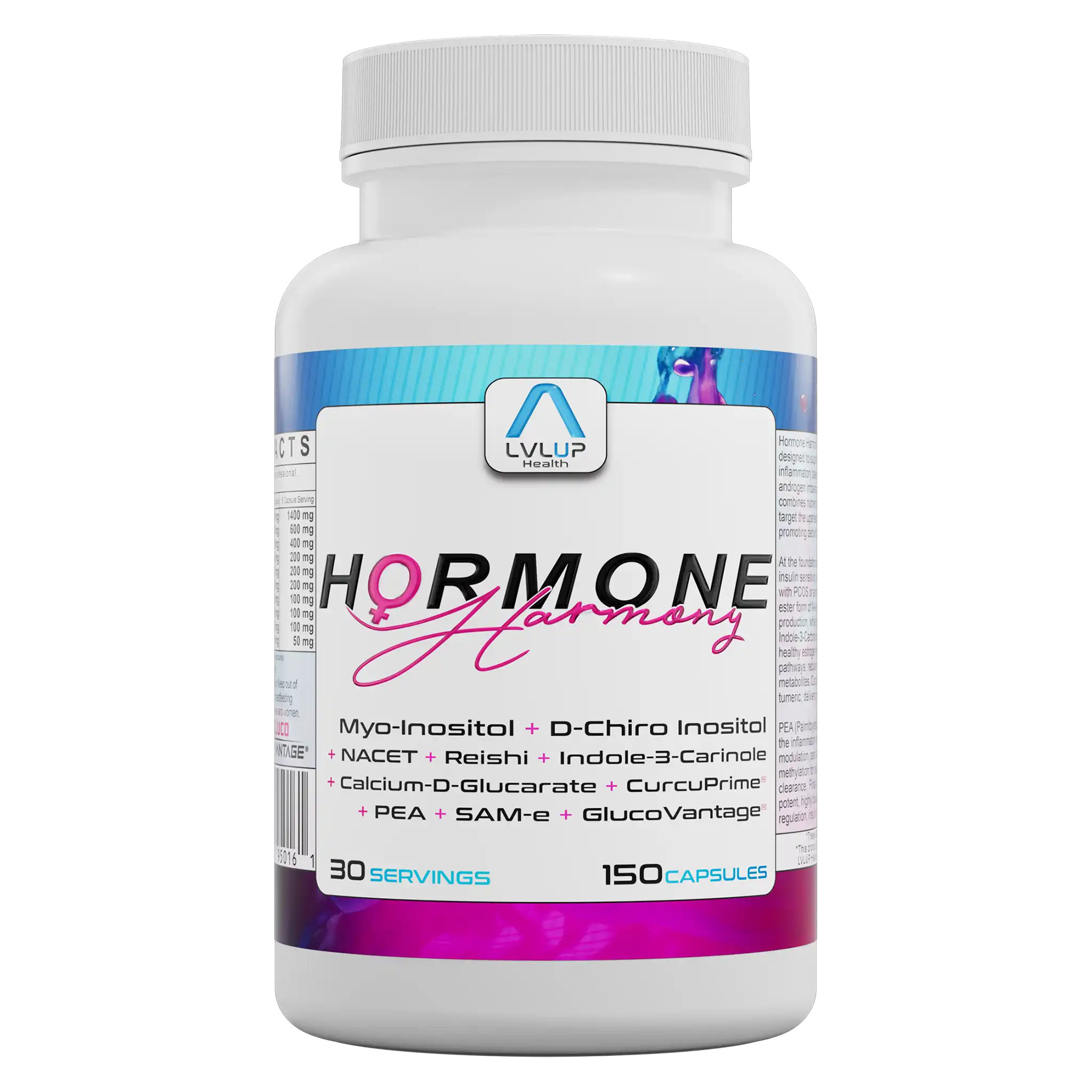I3C
About I3C
Origin and Conversion
Indole-3-Carbinol forms when you chew or chop cruciferous vegetables. In the acidic environment of your stomach, it’s converted into several active compounds, including diindolylmethane (DIM). Both I3C and DIM have caught attention among researchers for their effects on estrogen metabolism. This is why you’ll often find I3C in supplements aimed at hormone balance, especially those designed with women’s health or metabolic support in mind.
Hormonal and Liver Support
The compound helps your body process estrogens into different metabolites – some of which are thought to be more favorable than others. This metabolic shift sits at the heart of many formulas targeting PMS, perimenopause, or general hormone fluctuations. Beyond hormones, I3C is studied for supporting phase I and II liver detoxification pathways. That’s a big part of why you’ll see it included in daily regimens focused on resilience against environmental stressors or dietary challenges.
Supplementation Benefits
From an everyday perspective, most people don’t eat enough cruciferous vegetables to reach higher intake levels of I3C. Supplements can help bridge that gap – especially in formulas like Hormone Harmony, where precision dosing matters.
Found In
Formulated With
Detailed Information
Biochemical Pathways
Indole-3-Carbinol (I3C) is a glucosinolate-derived phytochemical that undergoes acid-catalyzed oligomerization in the stomach to yield a suite of condensation products, most notably diindolylmethane (DIM), linear and cyclic trimers/tetramers such as LTr1 (indolo[3,2-b]carbazole), and other minor indoles. In vitro studies demonstrate that both I3C and its metabolites modulate cytochrome P450 isoforms – especially CYP1 family enzymes involved in estrogen hydroxylation (notably 2-hydroxyestrone over 16α-hydroxyestrone). By shifting estrogen metabolism toward the 2-hydroxy pathway, I3C is hypothesized to favor less proliferative estrogen signaling profiles.
Gene Expression and Detoxification
I3C also influences gene expression via aryl hydrocarbon receptor (AhR) agonism; downstream AhR transcriptional changes may support xenobiotics metabolism and exert antiproliferative effects in certain cell lines. Animal models show modulation of glutathione S-transferase activity and upregulation of UDP-glucuronosyltransferase under I3C supplementation, potentially augmenting phase II hepatic detoxification. However, conversion efficiency from I3C to DIM varies inter-individually due to gastric pH and microbiota differences.
